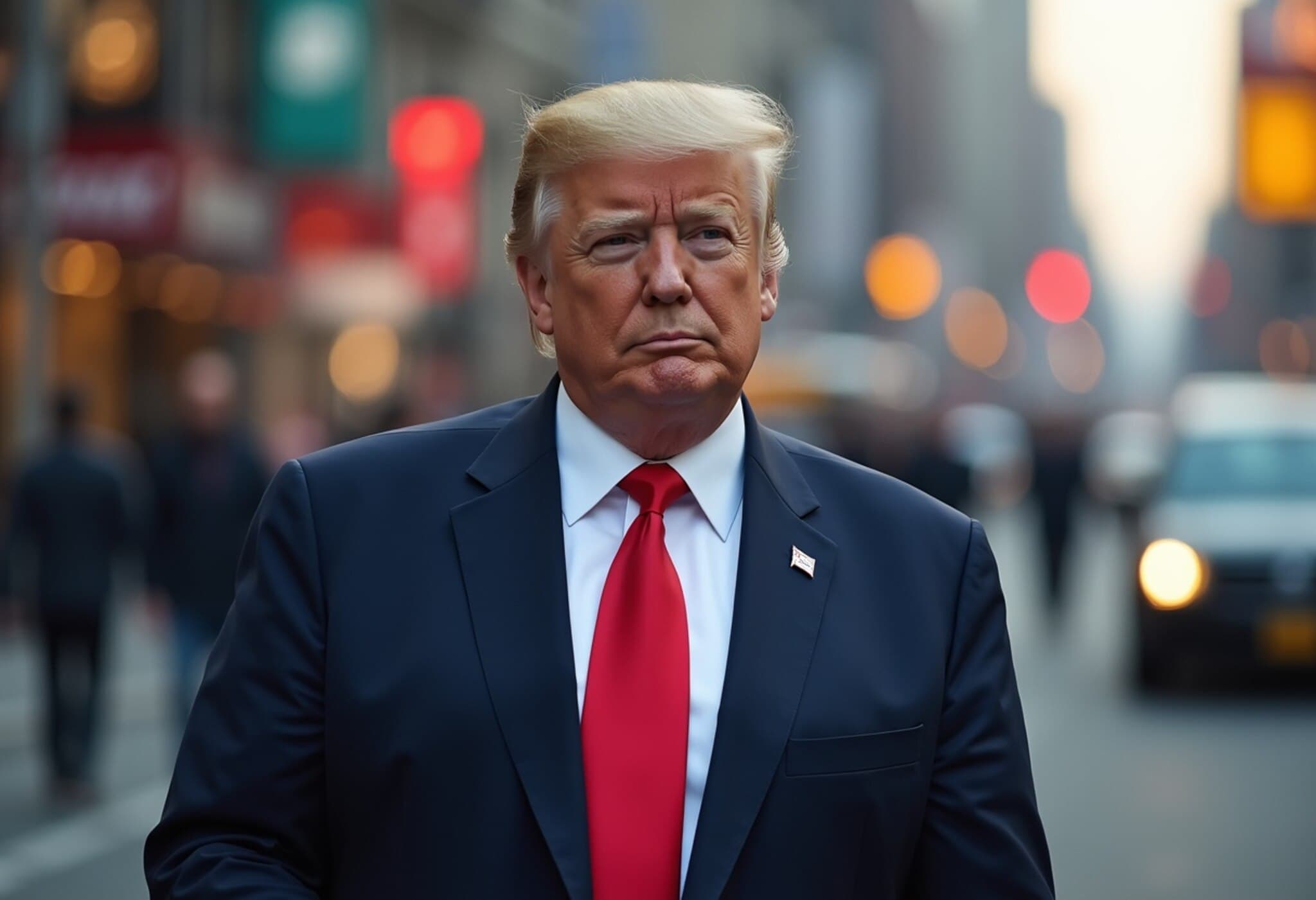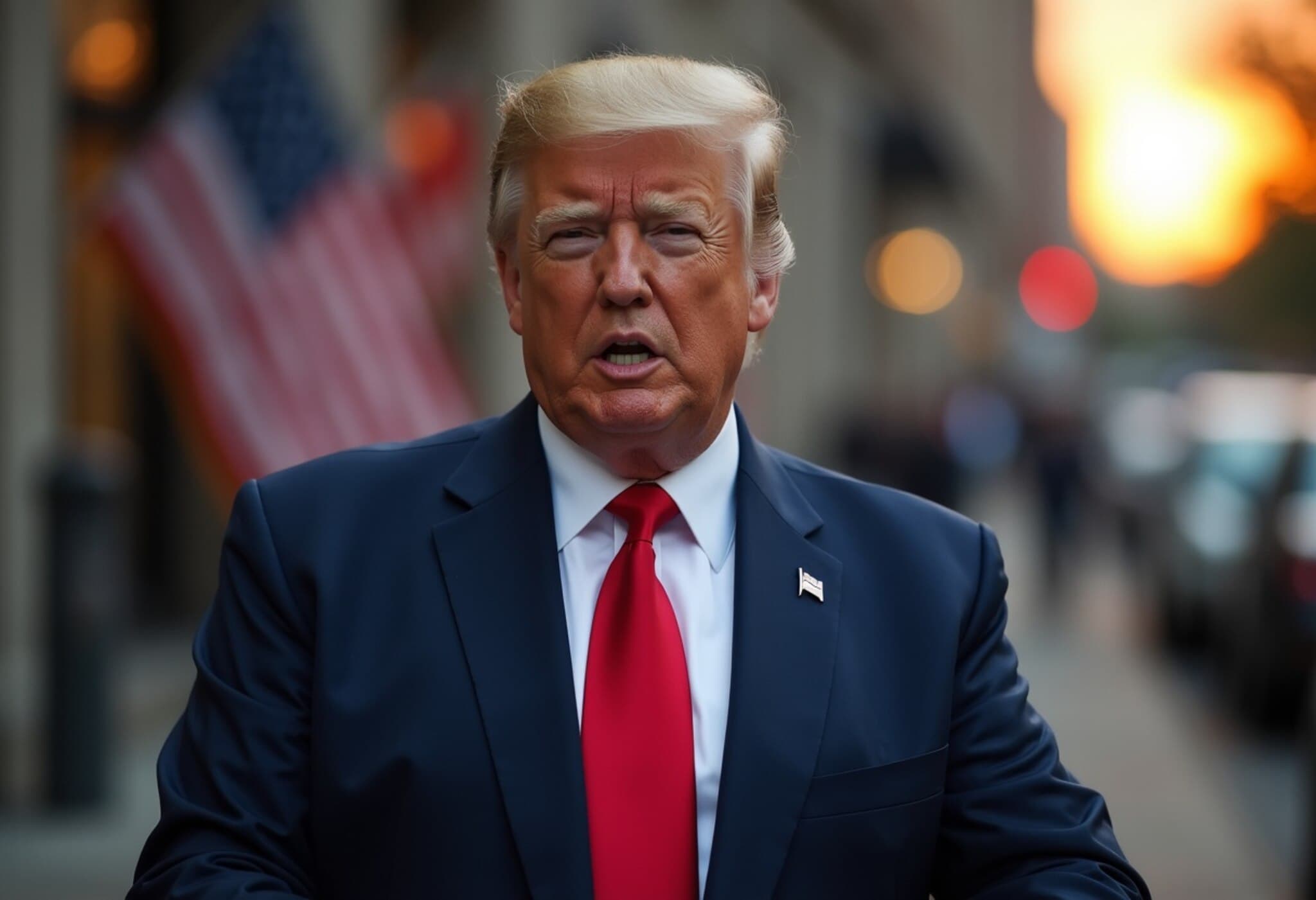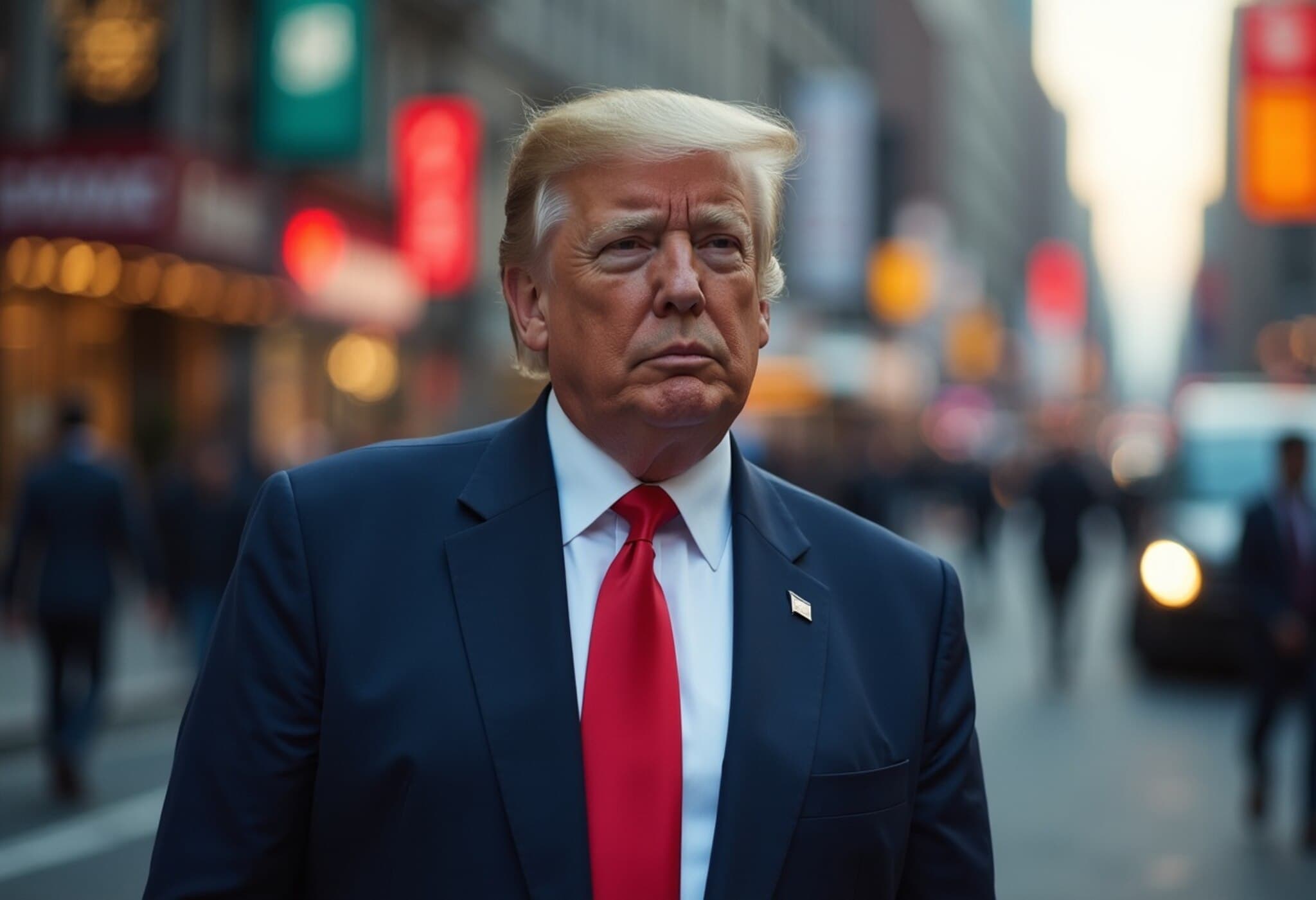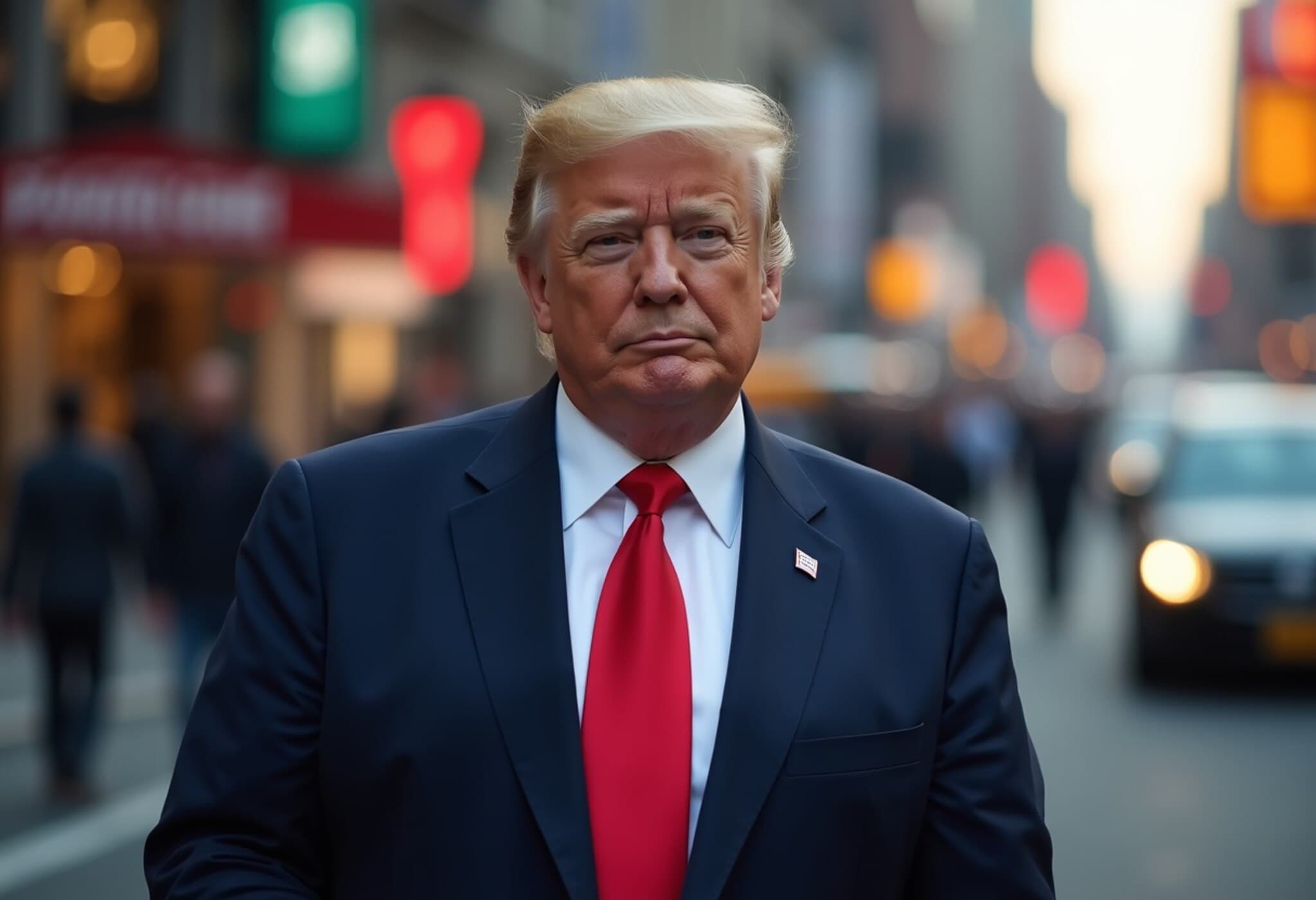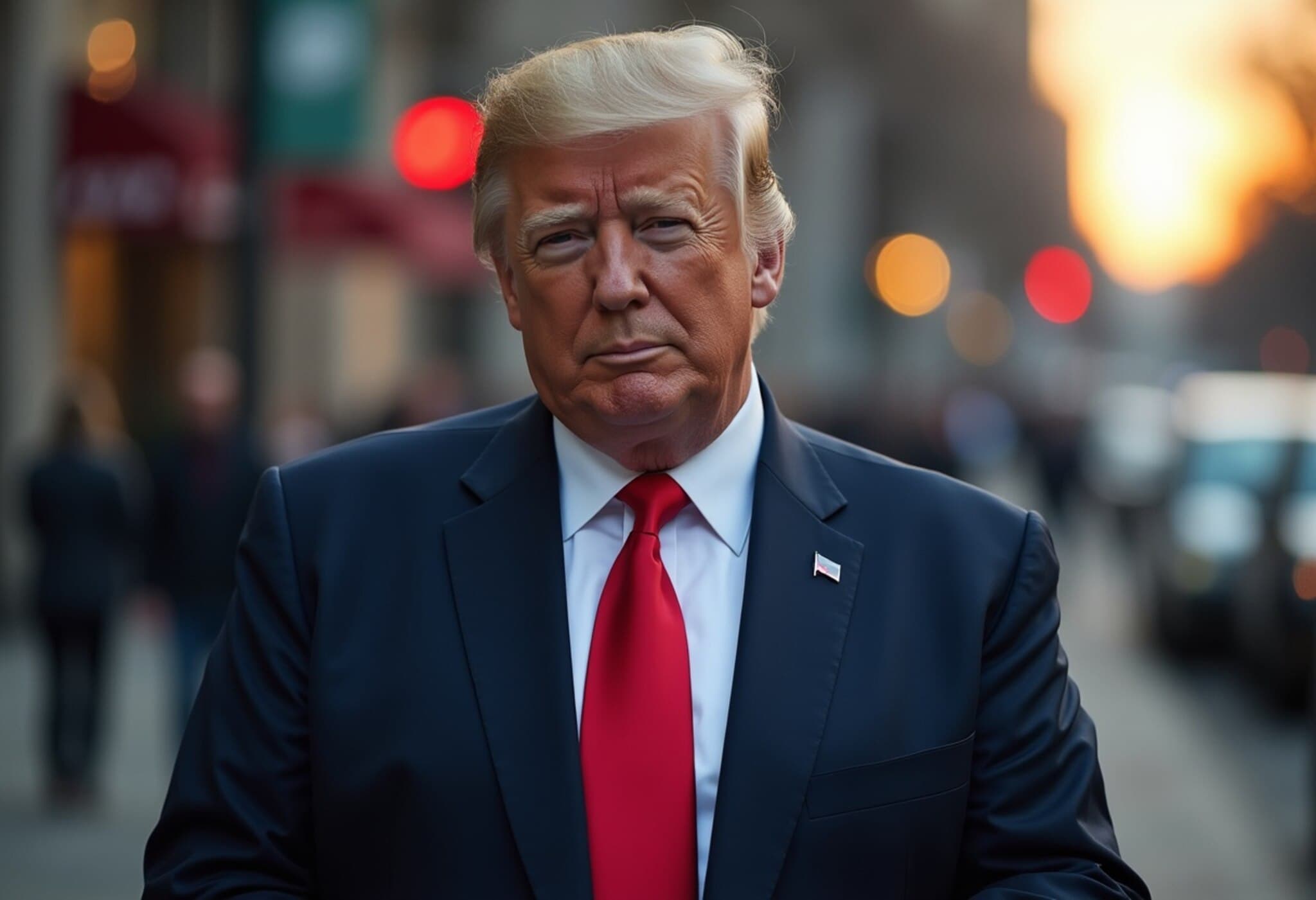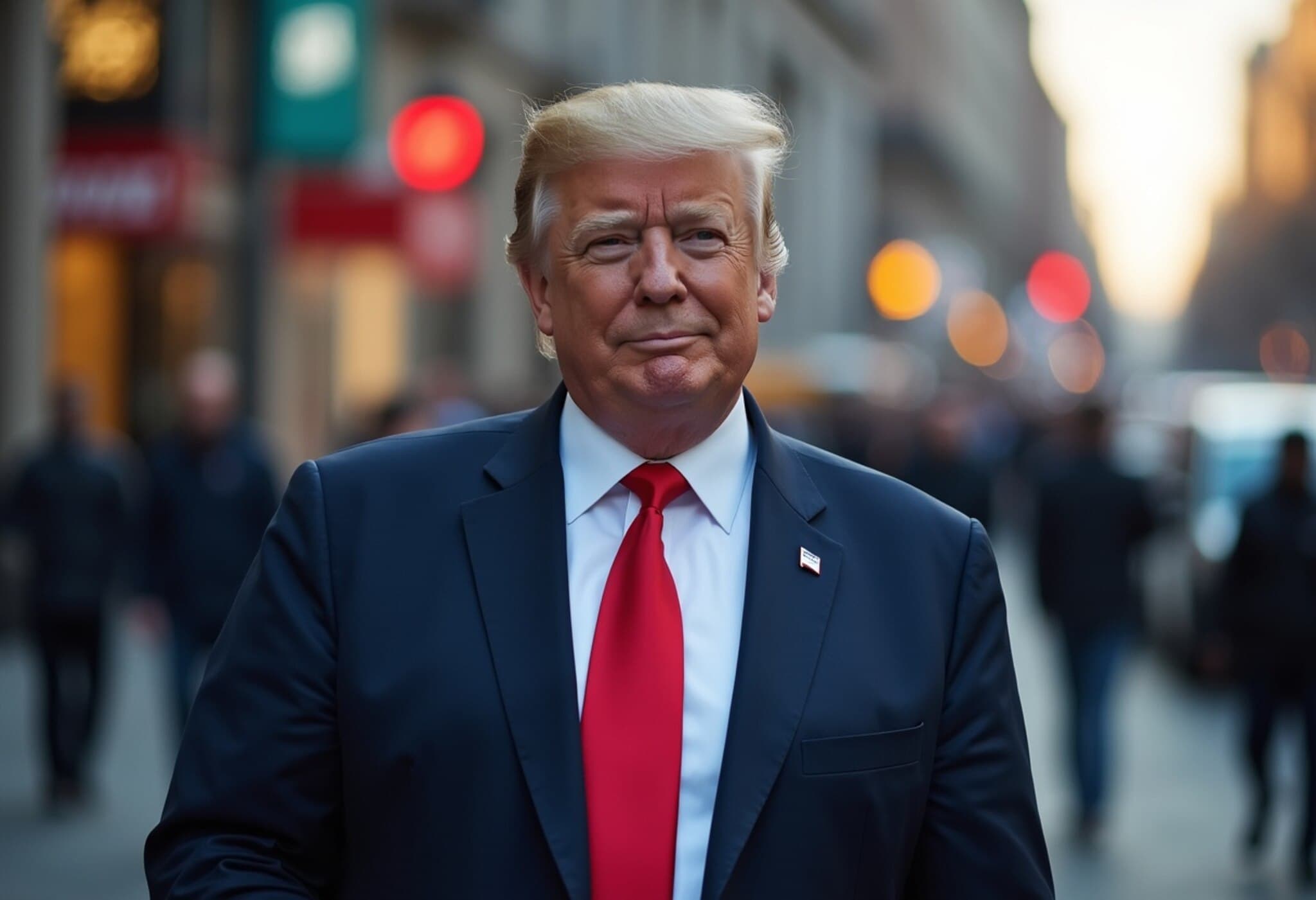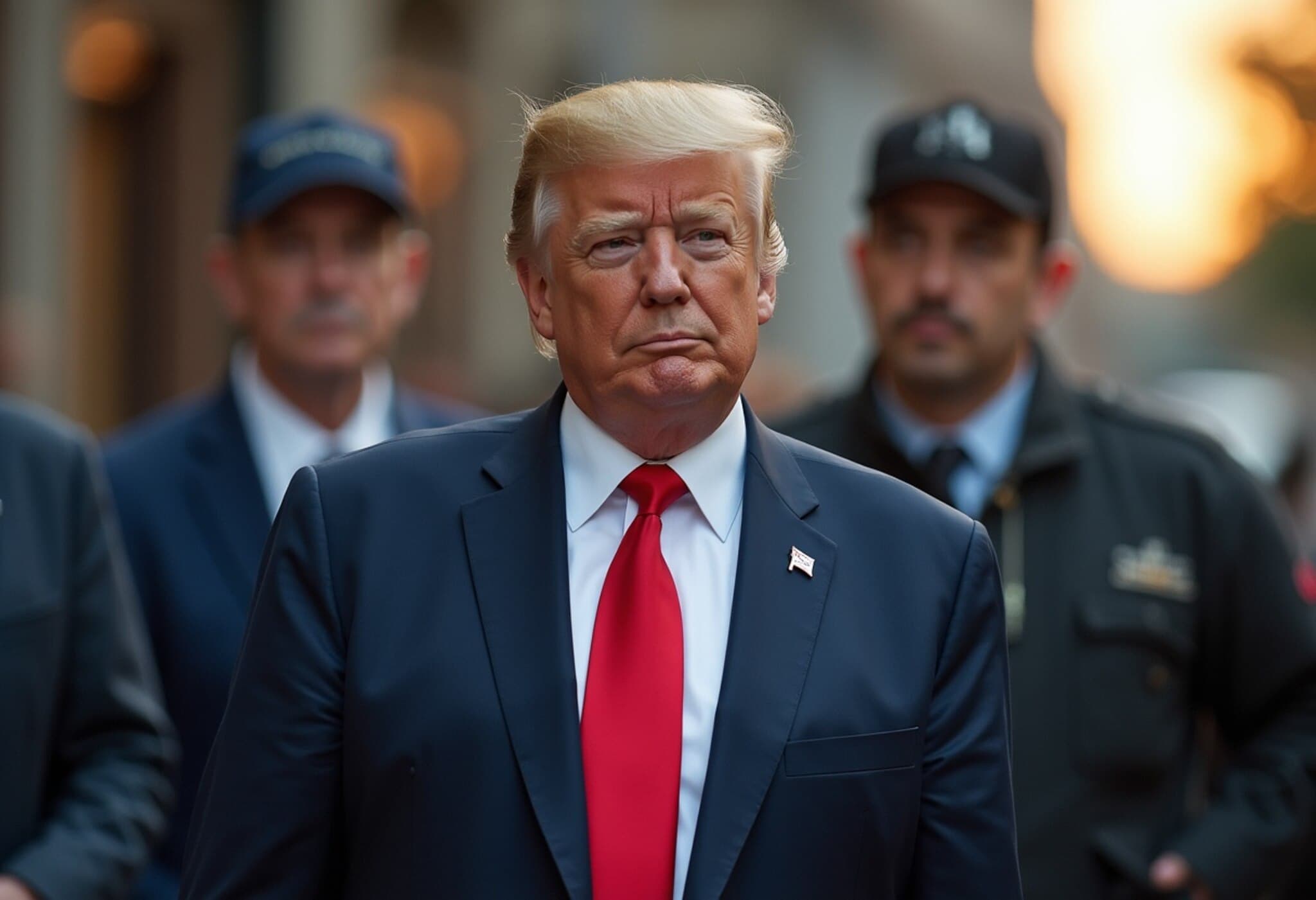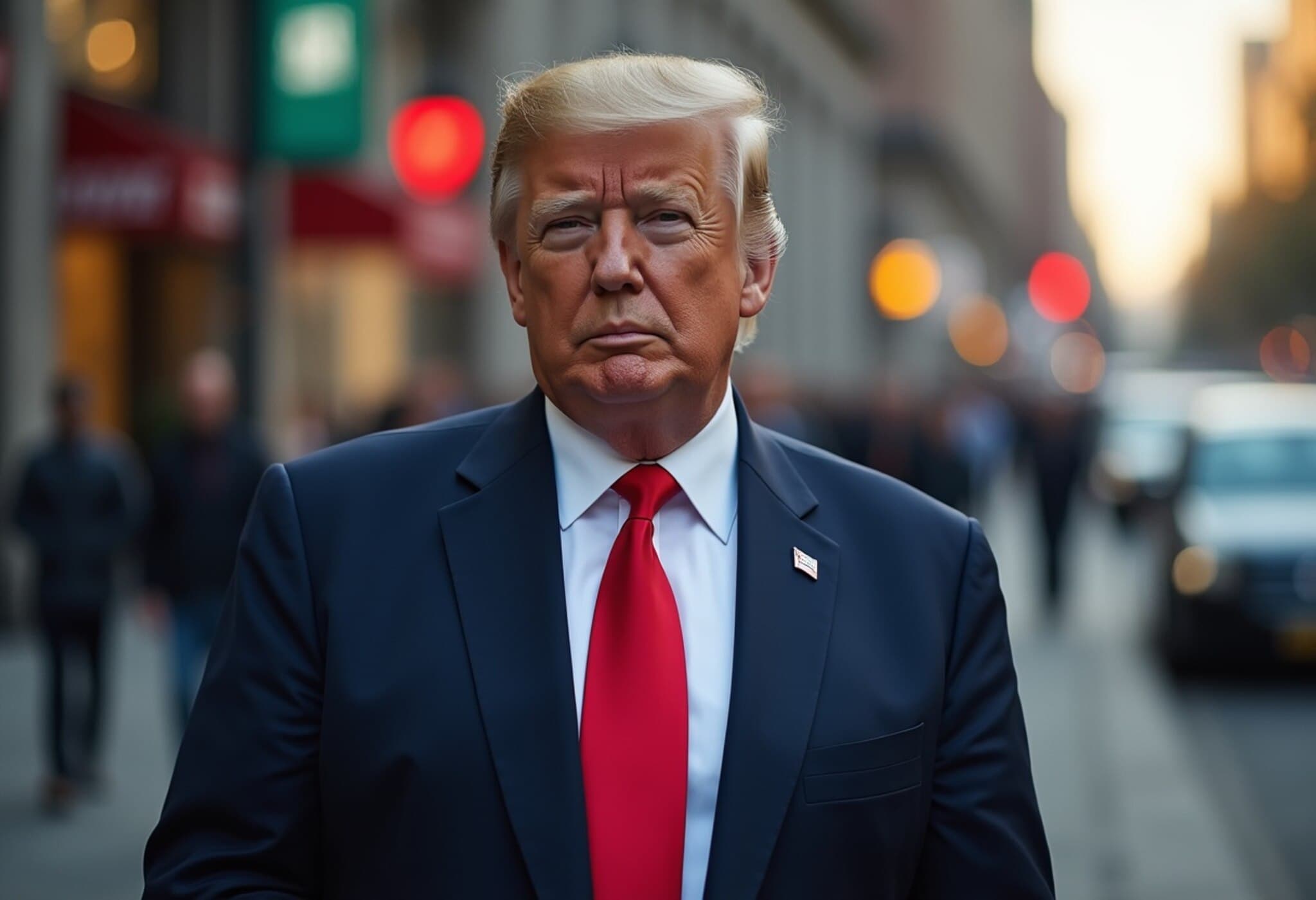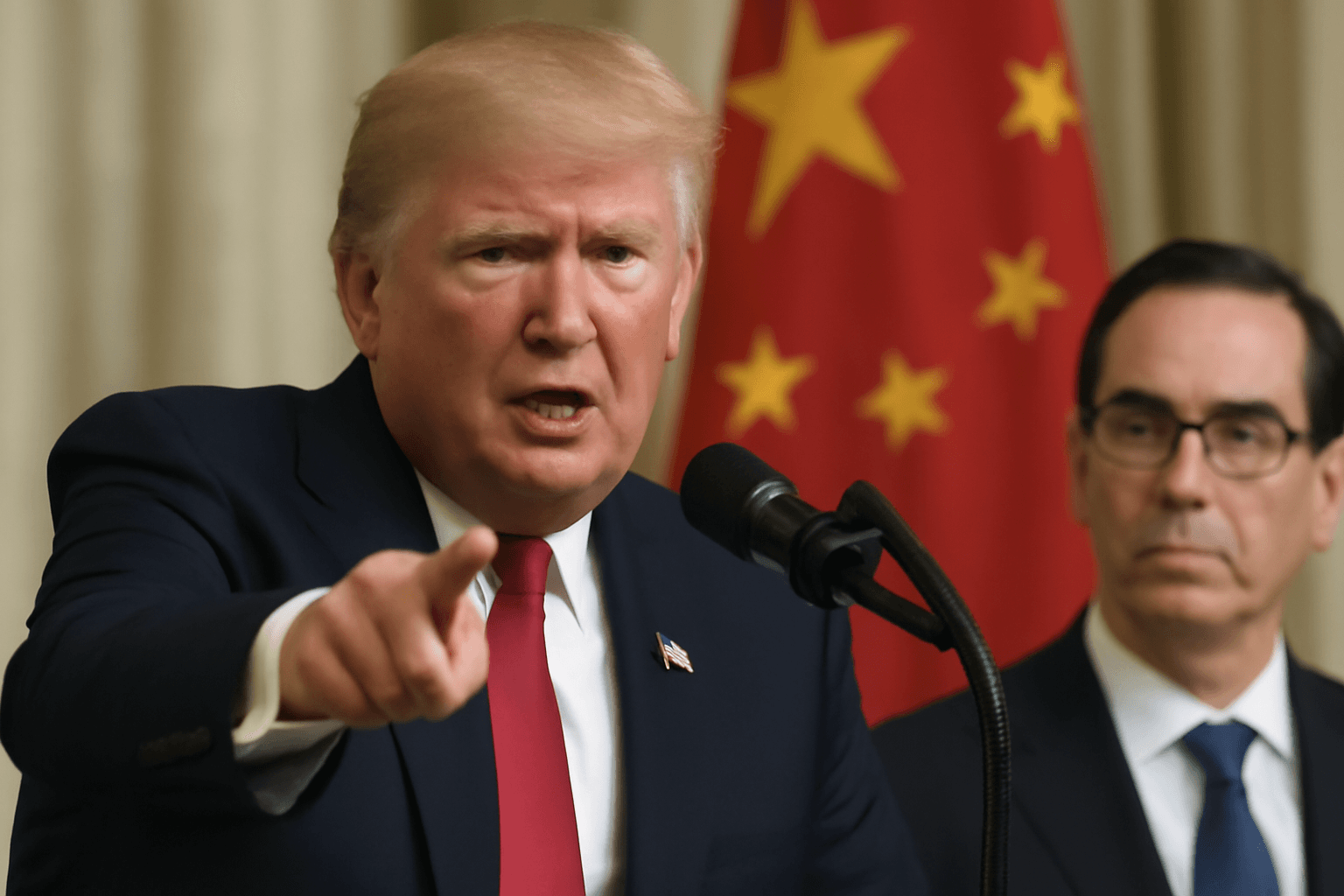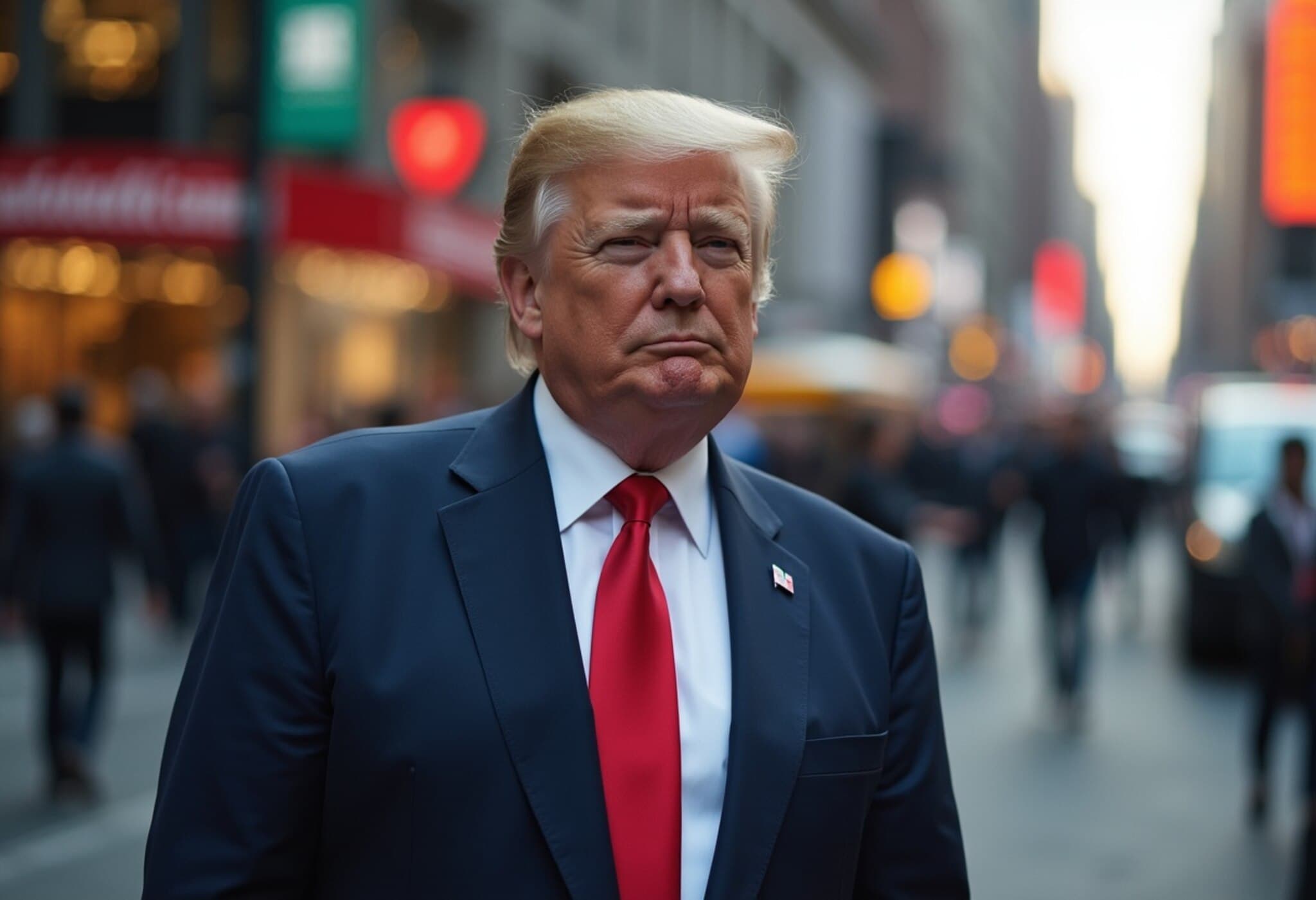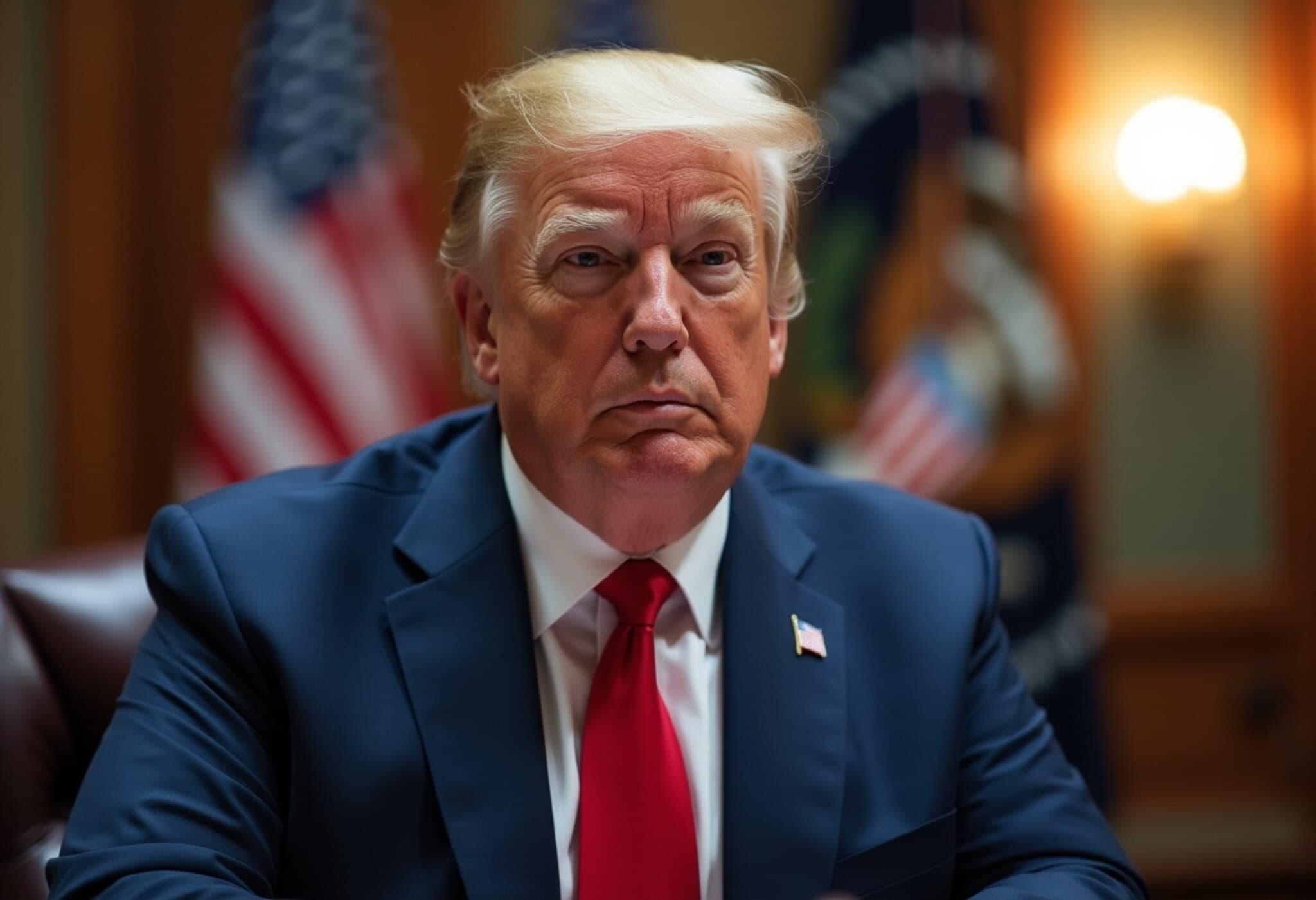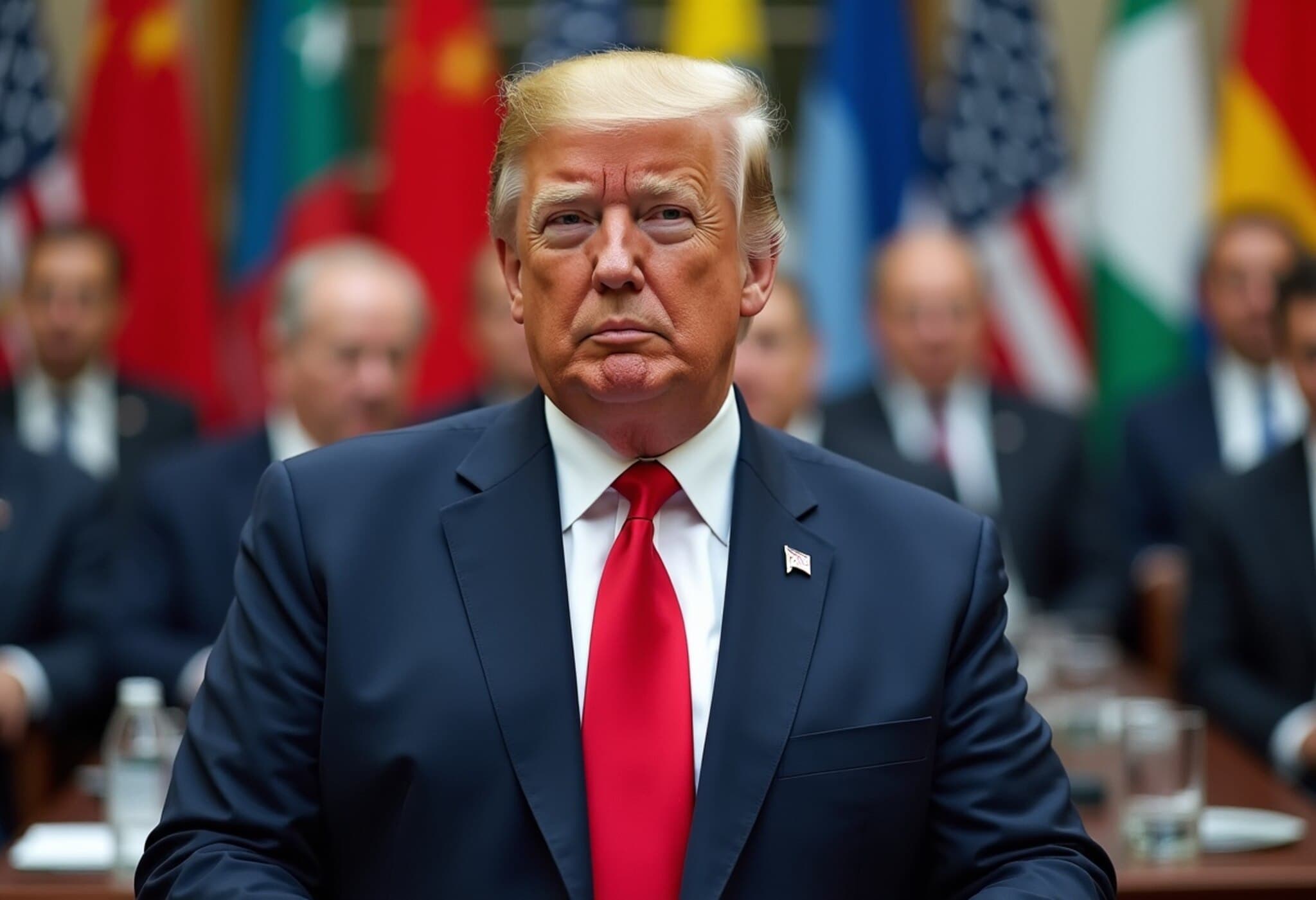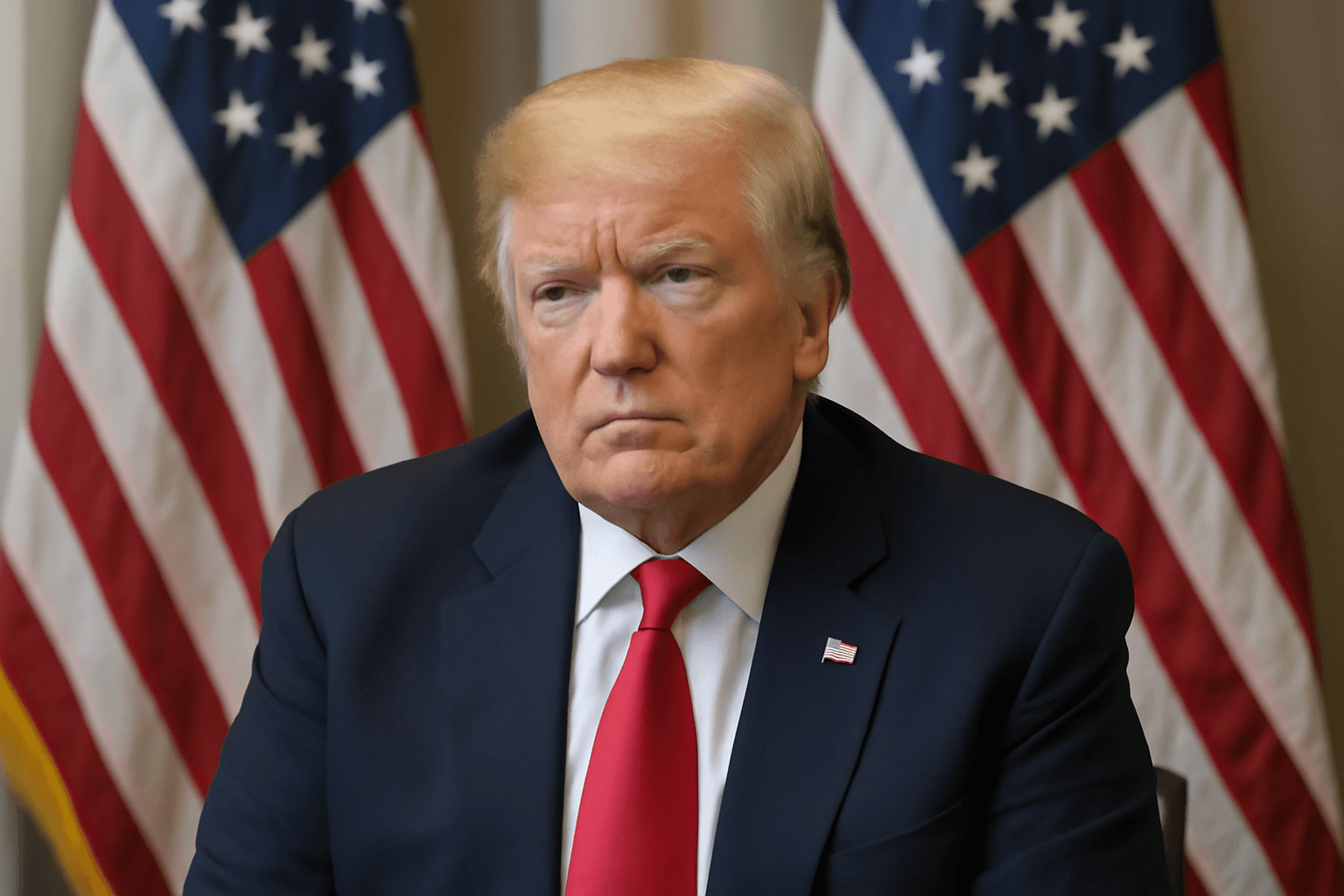Trump Announces New 25% Tariffs on Japanese and South Korean Imports
In a decisive move that underscores ongoing trade tensions, former U.S. President Donald Trump announced on Monday that the United States will impose a 25% tariff on imports from Japan and South Korea, effective August 1, 2025. This marks the first formal communication from the administration signaling a shift toward more aggressive trade enforcement ahead of looming negotiation deadlines.
Details from Trump’s Official Letters
In carefully worded letters addressed to the leaders of Japan and South Korea, President Trump attributed the decision to longstanding imbalances, highlighting that "trading ties are unfortunately far from reciprocal." Citing persistent trade deficits engendered by complex tariff and non-tariff barriers, the president framed the tariffs as a necessary corrective step.
Trump’s communication reiterated that these tariffs specifically target all Japanese and South Korean products entering the U.S. market, with a firm stance against goods transshipped via third countries to circumvent the tariffs, which will also incur the higher duty rates.
The Broader Trade Strategy: Incentivizing Domestic Production
Interestingly, Trump’s letters also offered an incentive-type carrot amidst the tariffs’ stick. He emphasized that businesses from Japan and South Korea opting to manufacture within the United States would be exempt from these tariffs, promising expedited approvals for such investments. "There will be no tariff if companies decide to build or manufacture products within the United States," Trump noted, pledging streamlined processes "in a matter of weeks."
Contextualizing the Move Within U.S. Trade Policy
This tariff action is consistent with President Trump’s broader protectionist agenda, which has often prioritized reducing trade deficits through imposing duties on imports from nations perceived as benefiting disproportionately from U.S. market access.
From an economic standpoint, this approach seeks to pressure trading partners to recalibrate their economic engagement with the U.S., potentially boosting domestic manufacturing jobs and encouraging foreign direct investment. However, such tariffs also carry risks, including higher costs for U.S. consumers and possible retaliatory measures from affected countries.
Expert Commentary: An Expert Analysis
Trade experts suggest that while tariffs can offer short-term leverage in negotiations, they seldom resolve fundamental imbalances without accompanying structural reforms. Dr. Emily Wang, an international trade economist, comments, "Tariffs like these can signal serious intent, but they also risk escalating into trade wars if not matched by careful diplomacy and reciprocal concessions." She adds, "The offer to speed up domestic investment approvals is a strategic pivot to 'on-shore' production, which could have long-term economic implications if realized."
Underreported Dimensions: Impact on Supply Chains and the Global Economy
- Supply Chain Disruptions: Japan and South Korea play critical roles in global supply chains, especially in technology and automotive sectors. Tariffs could ripple through these industries, affecting U.S. manufacturers reliant on imported components.
- Trade Deficit Realities: The alleged trade deficits stem from complex factors including consumer preferences and multinational corporate strategies, indicating tariffs address symptoms rather than root causes.
- Political Dynamics: The move might reshape U.S.-Asia economic relations amid shifting geopolitical landscapes, especially involving China’s growing influence in the region.
Looking Ahead: What This Means for American Consumers and Businesses
As these tariffs come into effect, American businesses importing from Japan and South Korea will face increased costs, potentially passed onto consumers. However, companies willing to invest in domestic manufacturing might benefit from new opportunities backed by expedited government support.
The key question remains: can this policy maneuver drive genuinely reciprocal trade relationships without igniting damaging trade conflicts?
Editor’s Note
President Trump’s decision to impose 25% tariffs on imports from Japan and South Korea blends economic nationalism with strategic incentivizing of onshore production. While aiming to redress long-standing trade imbalances, the move raises critical questions about its sustainability and broader impacts on global supply chains and diplomatic relations. Readers are encouraged to consider the complexities behind trade deficit figures and the fine line between protectionism and productive negotiation in shaping future U.S. trade policy.

